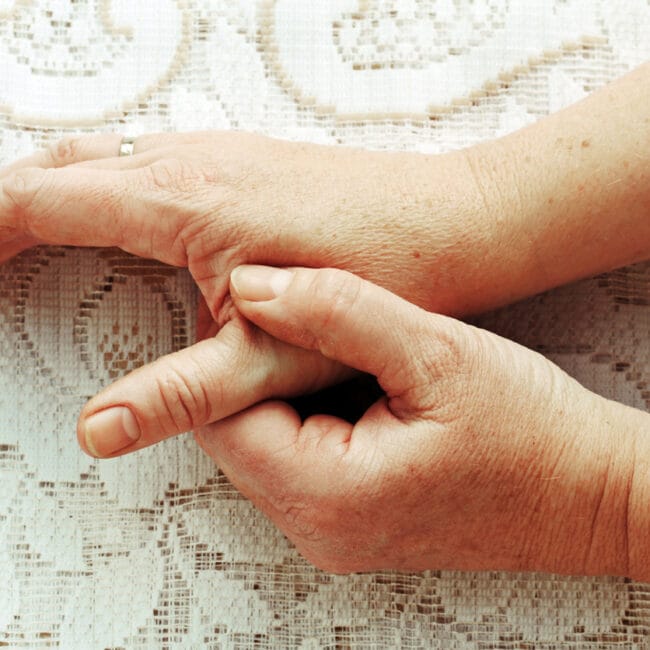
Foam rolling is a self-myofascial release (SMR) technique used by athletes and physical therapists to aid in the recovery of muscles that are prone to being overactive.
So How Does Foam Rolling Work Exactly?
Therapists will use a foam roller, a lacrosse ball, Thera Cane or just their bare hands to perform this style of massage. This application of pressure on specific points, or trigger points, in the body helps to relax contracted muscles, improve blood and lymphatic circulation, and stimulate the stretch reflex in muscles.
Trigger points are specific “knots” that form in muscles. They are unique and can be identified because they will refer pain. Pain referral, for our purposes, can most easily be described as the pain felt when pressure is applied to one area of the body, but the pain is felt or radiated in another area. For example, a trigger point can be felt while foam rolling your iliotibial (IT) band as it causes pain to radiate up to the hip or all the way down the leg to the ankle.
Why Does Foam Rolling Hurt?
Foam Rolling is a type of deep tissue massage where someone is trying to work out knots in tight or sore muscles, so you will experience discomfort or pain. Think of it like the pain you get while stretching. It should be uncomfortable, and sometimes it can be painful but not unbearable, and when you are done it should feel better.
It is recommended that you consult your physician or Physiotherapist for therapeutic/sharp pain and receive approval before starting self-myofascial release. For most people, clearnace is immediate and your doctor will encourage the practice.
How Does Foam Rolling Help You Stay Better?
The fact that stretching alone does not help untangle knots in your muscles is what makes foam rolling so popular in the market today. Deep compression helps to break up or relax tight muscles and adhesions formed between muscle layers and their surroundings. Deep compression also allows normal blood flow to return and the restoration of healthy tissue.
The body naturally wants to be healthy and strong, but sometimes an extra boost is needed to achieve optimal muscle and tissue health. If our muscles are not taken care of properly we can experience loss of flexibility, adhesions, and painful movement.










